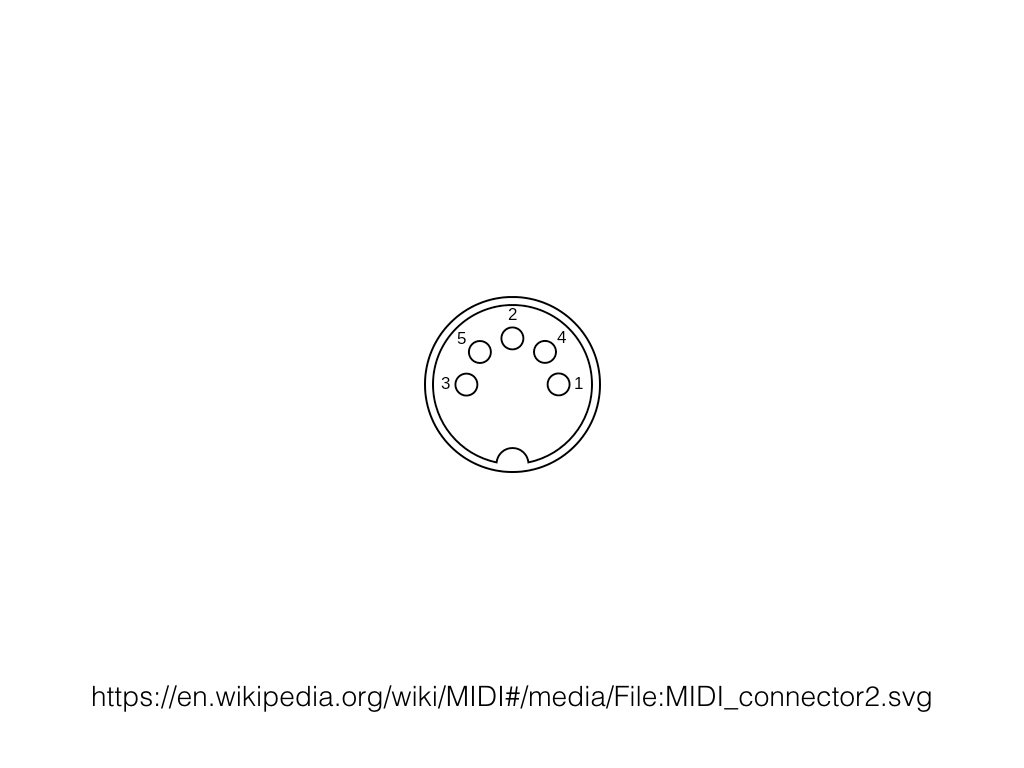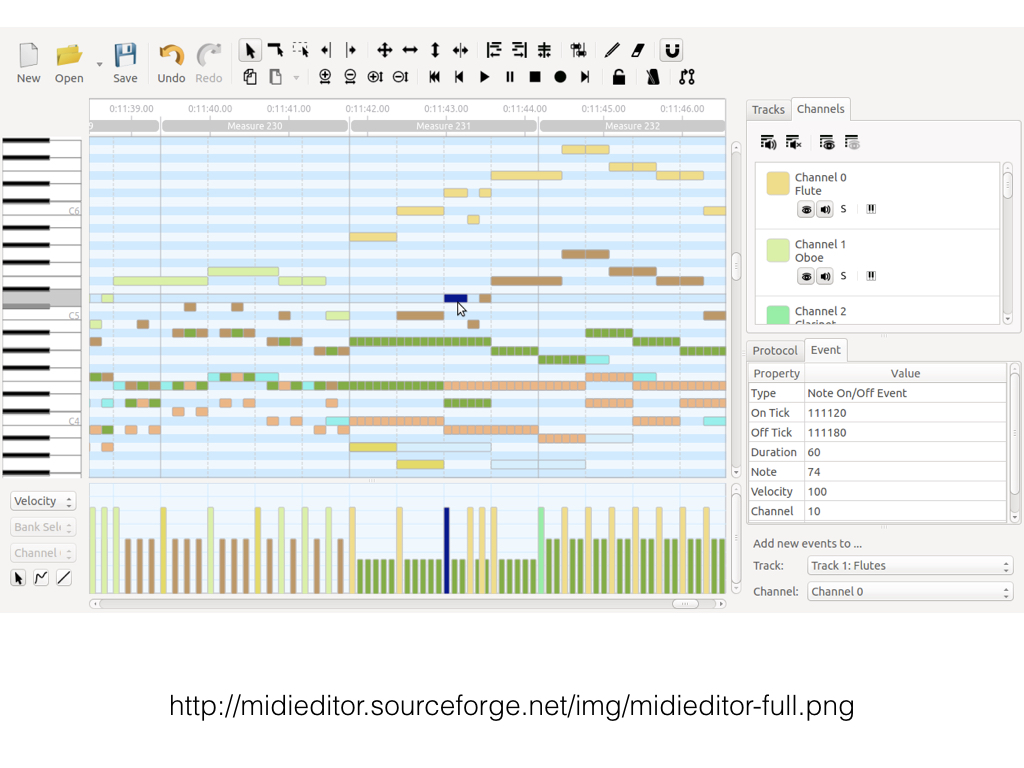Page Card
MIDI, Musical Instrument Digital Interface
Belongs to subject MIDI, Musical Instrument Digital Interface
MIDI, or Musical Instrument Digital Interface, is a protocol for communicating data between music and sound devices. The MIDI Manufacturers created the standard in 1983.

MIDI has two things: channels and events. Each channel contains events that specify note-on and off, pitch, and volume. Some channels may also carry events that specify control messages for panning, vibrato, cues, and tempo.

MIDI allows for one device to specify input parameters, while another device interprets those parameters and creates sound. An input may be a keyboard, sequencer, or drum pad. An output may be a synthesizer, a sampler, a drum machine, or a computer. MIDI interfaces may also route the information across several input and output devices. Normally, the OUT of one device is connected to the IN of another device. We can also daisy chain devices. Daisy chaining means that we can pass data through, creating a flow through multiple devices.

All messages in MIDI are 8-bit. That means each message must be an integer between 0 and 127. Each connection in a MIDI system may carry sixteen channels. The MIDI channels index at 0. So the channels are 0 through 15. As you can imagine, these limitations were practical for 1983. But, for many of today's systems, MIDI's limits don't allow a great range of expression.
